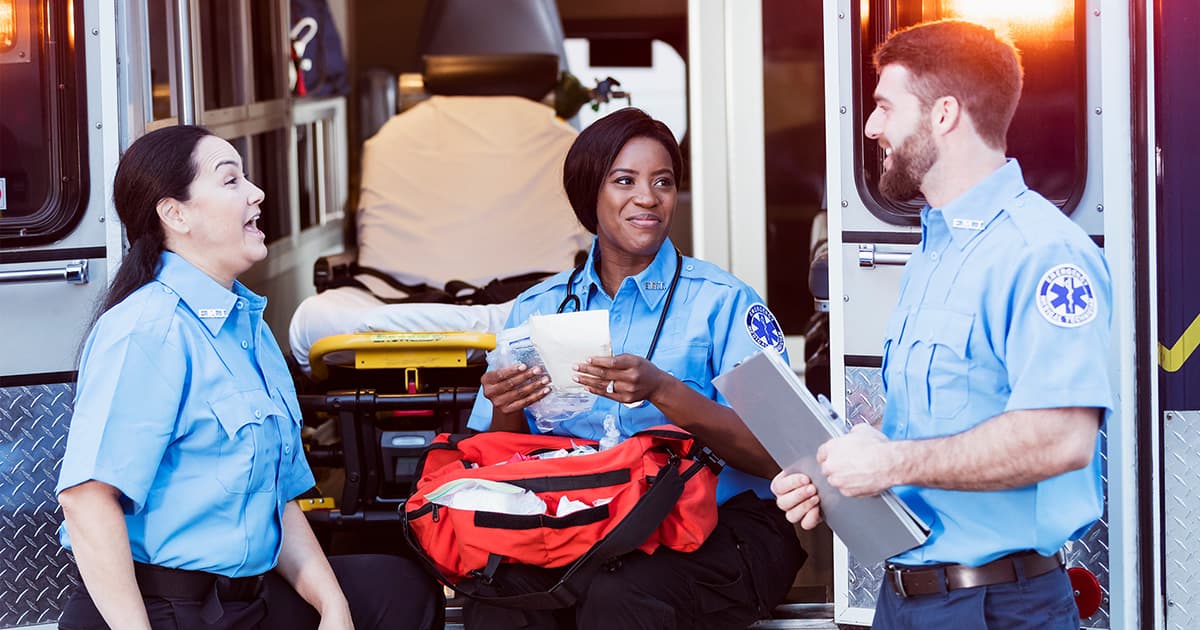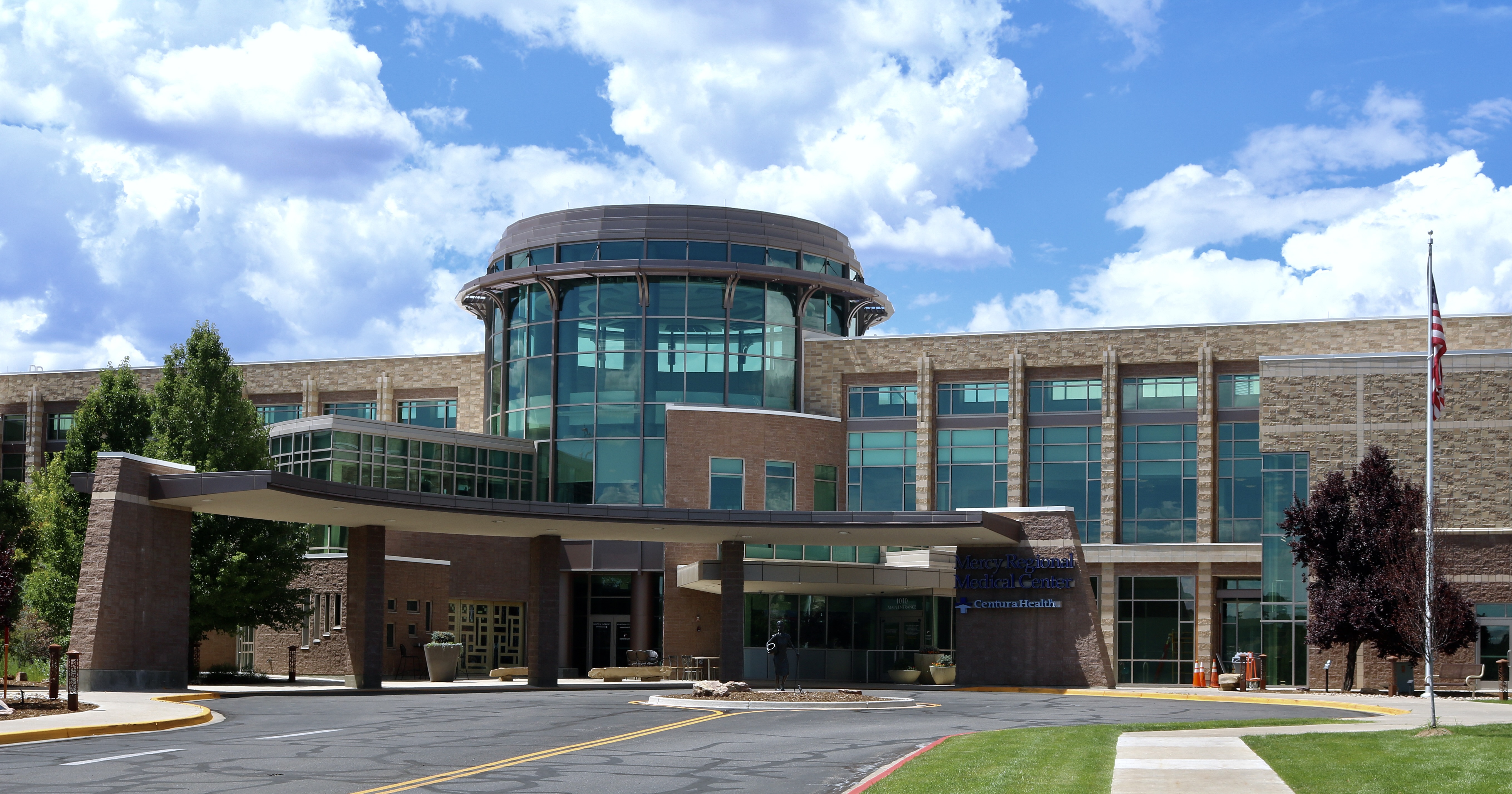A recent article published on FierceMobileHealthcare.com calls attention to the increased use of smartphones by doctors for taking photos of patients to use in case records and how this can potentially pose security and privacy threats. The article describes careless doctors who save patient photos, often with faces or other identifying marks visible, on their personal phones next to "vacation photos," and then mistakenly share them with others outside of the immediate care team or hospital.
And while Pulsara certainly appreciates the gravity of situations such as these, we also feel that this article quickly and unfairly gives smartphones, clinicians, and CIOs/CSIOs a bad rap. With a little bit of care and forethought, all concerns of patient information ending up in the wrong hands can be easily mitigated.
Smartphones are not evil
We carry around computers in our pocket that would have been worth $1,000,000 only a few years ago.

These very powerful tools are not to blame for user error, and have a myriad of off the shelf security options. However, intense resistance to adoption of using personal devices has actually ENCOURAGED clinicians to not use their devices properly. The common example above is not the fault of the device - the clinicians are not using the device properly and it is often because they don’t have the correct tools on their device installed to empower them to do so and to maximize patient care.
Clinicians are not evil
Clinicians understand the value of using their personal devices and it is human nature (therefore reality) that people will look for the “easy way” to perform a task. We want to do the right thing and feel that patient care often trumps our hospital's or agency's security and privacy policies. Therefore we text, use non-HIPAA compliant messaging apps, and use the camera on our phones. And yes, sometimes it includes PHI.
CIOs and CISOs are not evil
Smartphones are a risk to the organization when used improperly, and the above article sites just one example of the risks the camera can pose. CIOs and CSIOs don’t just build the walls and guard the gates, they are responsible for helping the organization achieve their overall goals and implement the best care strategy for their facilities. This naturally includes ensuring the technology works for the hospital and helps deliver care more efficiently WHILE mitigating risk. There must be a balance.
At Pulsara, we understand this balance. Let’s look at the power of the camera on a smartphone that is plugged onto a secure network that enables everyone on the care team to get on the same page.
Security
- When taking a picture through Pulsara, nothing is stored on the camera roll or the device.
- We authenticate users at both ends (the person uploading the image and the people viewing the image).
- Everything is encrypted at rest and while in transit.
Power
- A medic or hospital clinician can take a picture of ECG and EVERYONE on the STEMI care team instantly has access to it.
- Instead of entering a ton of information during a time sensitive emergency, a medic can take a picture of the driver’s license or face sheet.
- The hospital can now pre-register the patient before the patient's arrival.
- Hospital clinicians can look up an old ECG and take a picture of it so all care team members have a baseline ECG for comparison.
- A medic can take a picture of a pill bottle or trauma scene.
- A clinician can take a picture of a radiology exam, report, or any other information and quickly share with entire team. No typing. No calls.
The Bottom Line
Our PURPOSE is to improve the lives of patients and caregivers through innovative communication. Our secure network is designed to take advantage of mobile technology and drive patients through your protocols to deliver care more efficiently while managing privacy and security risk. Want better, faster patient care? There is an option.
 James Woodson, MD
James Woodson, MD

 These very powerful tools are not to blame for user error, and have a myriad of off the shelf security options. However, intense resistance to adoption of using personal devices has actually ENCOURAGED clinicians to not use their devices properly. The common example above is not the fault of the device - the clinicians are not using the device properly and it is often because they don’t have the correct tools on their device installed to empower them to do so and to maximize patient care.
These very powerful tools are not to blame for user error, and have a myriad of off the shelf security options. However, intense resistance to adoption of using personal devices has actually ENCOURAGED clinicians to not use their devices properly. The common example above is not the fault of the device - the clinicians are not using the device properly and it is often because they don’t have the correct tools on their device installed to empower them to do so and to maximize patient care.![[PRESS RELEASE] Published Research Finds Up to 31% Faster STEMI Treatment Times in Rural Hospital Setting with Pulsara](https://www.pulsara.com/hubfs/_1_website-page-blog-assets/pulsara-hosp-teams-assign-cardio-stemi-rn-1200x701.jpg)

